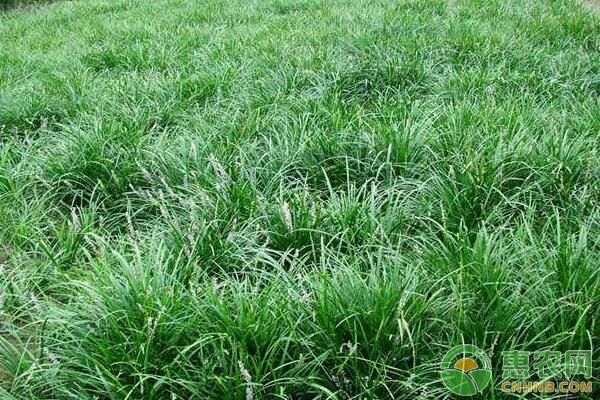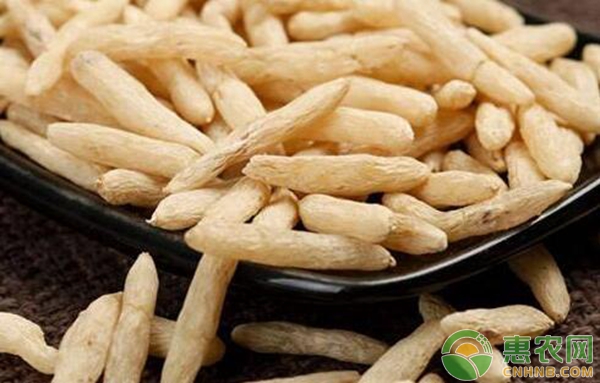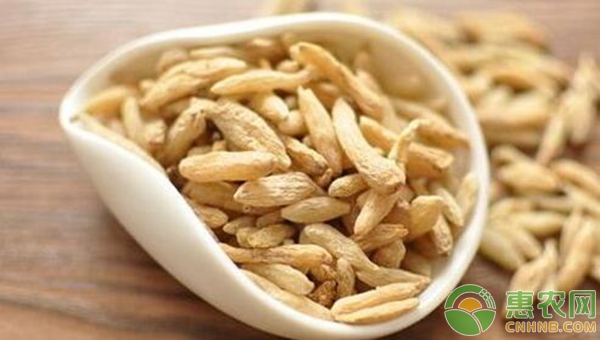"Maimendong, Ye Ruqi, longevity in winter and summer", this is the record in "Shen Nong's Herbal Classic", which mentions Mai Dong. Ophiopogon japonicus is a family of Liliaceae. It is a perennial grass plant. It is also known as the grass along the grass, the book grass, and the wheat. As we all know, Ophiopogon japonicus is one of the famous Chinese medicinal materials. It is used as a root and medicine. It has the effects of nourishing yin and spleen, moistening the lungs and relieving cough, and clearing the heart. In the case of a cold, some of the cold pills that are taken contain the ingredients of Ophiopogon japonicus; there are also some nutraceuticals that are also added to Ophiopogon japonicus; on the dinner table, Ophiopogon japonicus is also a major supplement for everyone, and it is common to use Ophiopogon japonicus. The wheat winter wine produced by the roots; in addition, the use of Ophiopogon japonicus tea can not only play the medicinal properties of Ophiopogon itself, but also become a good helper for everyone to cough and lungs, beauty and beauty! Because of the evergreen seasons of Ophiopogon japonica, it has the characteristics of wide ecological adaptability and strong vitality, it has become an ideal foliage covering plant, which is widely used in urban greening. Botanical characteristics Morphological characteristics The plants of Ophiopogon japonicus grow in clusters and are about 30 cm high. The leaves are clustered, with a length of 20-40 cm and a width of 1.5 to 4 mm. They look like a long line. The roots of Ophiopogon japonicus are relatively thick, with nutrient roots and roots. As a result, the central part of the root will gradually expand and form a spindle-shaped piece of fleshy meat. This is what people often call "roots". Obviously, the root without fruit is the nutrient root, which is specially designed to provide nutrients for the plant! After you understand the leaves and roots of Ophiopogon, you may have questions. It stands to reason that Ophiopogon is going to bloom, but why can't you see it? Ophiopogon japonica has the habit of flowering results, but their flower and fruit utilization value is not high, and the flowering result will also affect the growth of roots and reduce the yield. After long-term cultivation and domestication, the habits of Ophiopogon japonicum flowering have gradually deteriorated. 2. Growth habits Maidong likes to live in a warm and humid subtropical monsoon climate zone, and there must be sufficient water sources near the cultivation site. In terms of soil, it is better to use sandy soil with loose soil, fertile soil and deep soil. 3. Cultivation area The areas suitable for the life of Ophiopogon are mainly in the areas south of the Yangtze River, such as Sichuan, Zhejiang, Hubei, Jiangxi, and Fujian. 4. Variety At present, Ophiopogon japonica mainly has two cultivars - the vertical type and the sturdy type. The erect type is characterized by large but small numbers, and the scorpion type is characterized by small fruits and a large number. The cultivation management process of these two varieties is the same, and there is no intentional distinction in production. Modified soybean phospholipid refers to a type of phospholipid that has been altered or processed in some way to improve its functionality or suitability for various applications. This can include changes to the chemical composition, molecular structure, or physical properties of the phospholipid. Modified Soybean Pholipid,Modified Soybean Lecithin Oil,Modified Soy Lecithin Oil,Modified Soy Lecithin Jiangsu Chenwei Biology and Technology Co. LTD , https://www.cwsoybean.com

